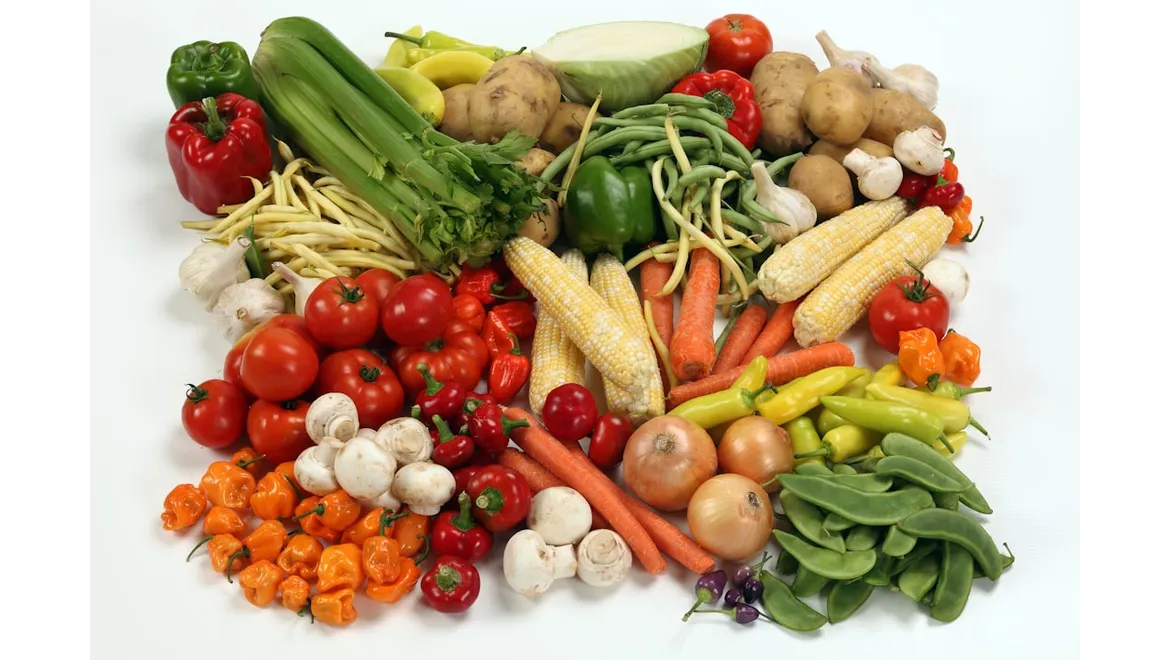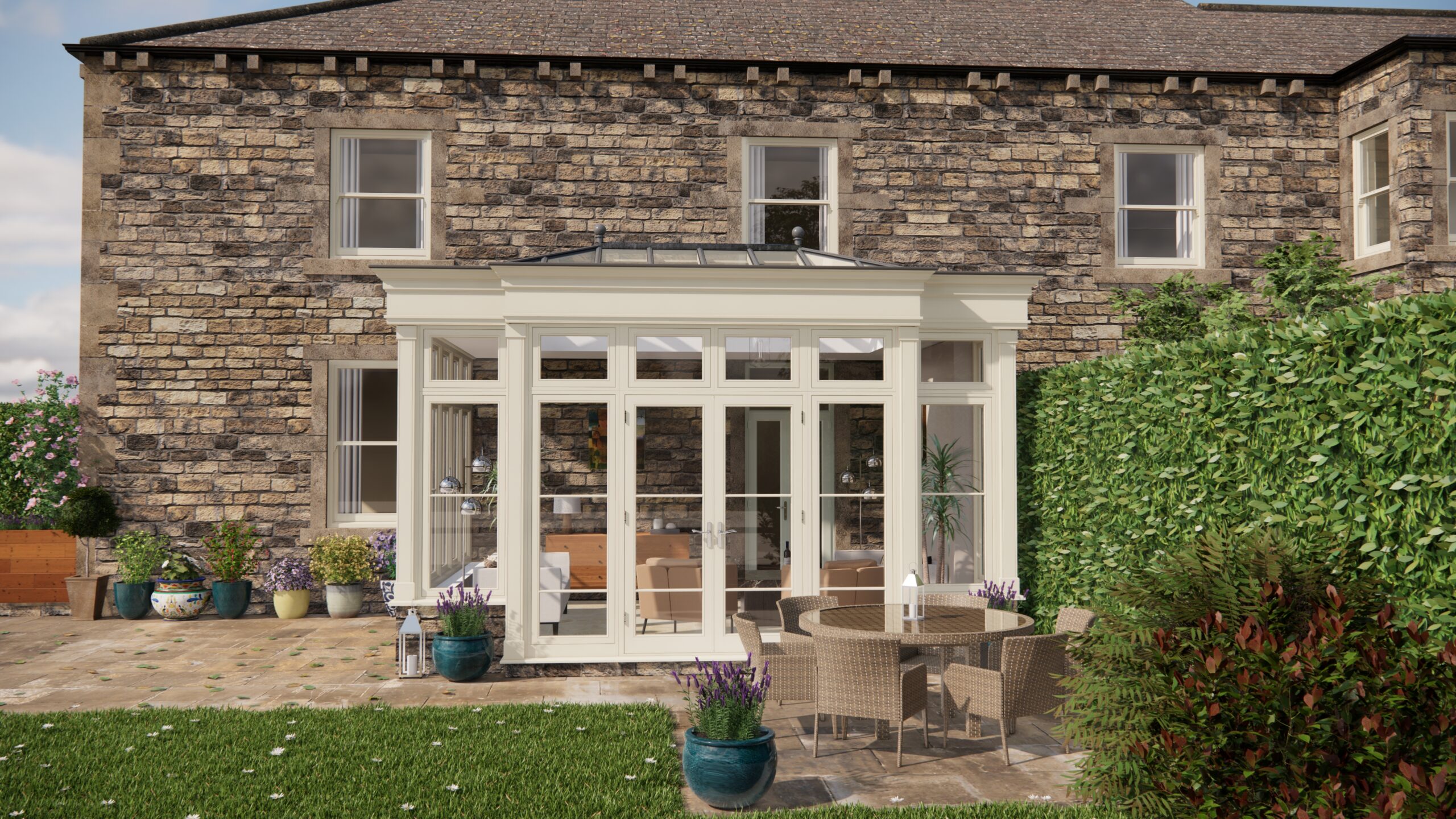Right, let’s get our hands dirty, metaphorically speaking, for now! I had a proper chinwag with my mate Adam the other day about growing your own food here in the UK. We were nattering about articles we’d both been reading, mostly focused on the joys (and occasional tribulations!) of making the most of our gardens, specifically in the area of ‘Growing Your Own Food’. You know, from vegetable patches bursting with colour to fragrant herb gardens, even the odd fruit tree struggling valiantly against the British elements. Adam’s properly got the gardening bug, I tell you. He’s even dreaming of a polytunnel!
I was telling Adam about a book I’d picked up, ‘From Patio to Plate: Creating a Micro-Garden for Maximum Flavour (UK Edition)’. He lives in a flat with a balcony, so he was dead keen to hear about it. It’s brilliant for small spaces, focusing on container gardening with dwarf varieties. Think tumbling tomatoes, compact chillies, and herbs galore, all thriving in pots and planters. The book has really shifted my perspective as I always thought that I needed a large garden to be able to grow my own food, I had assumed that I would be wasting my time.
“So,” Adam began, swirling his tea, “what’s the secret to making it work, then? My basil always looks a bit peaky.”
Good question, Adam! I replied, the first thing is soil. The book goes into great detail about choosing the right compost for your needs. For container gardening, a good multi-purpose compost mixed with some horticultural grit for drainage is crucial. The grit prevents the soil from becoming waterlogged, which is a common killer of herbs like basil, especially on a balcony where wind and rain can be a factor. I also recommended a slow-release fertiliser to provide a steady supply of nutrients throughout the growing season. You would be surprised how many different soil combinations there are.
“Drainage, right, makes sense. My balcony gets blasted in the summer, though. Watering is a nightmare,” Adam groaned.
Watering is key, especially in containers, which dry out much faster than soil in the ground. The book recommends checking the soil moisture regularly – stick your finger in! – and watering deeply when the top inch or two feels dry. Avoid overwatering, though; soggy soil is just as bad as dry soil. A watering can with a rose head is ideal for gentle watering, avoiding damage to delicate plants. Some people actually set up automatic watering systems to take the pressure off.
Adam then asked about maximizing sunlight. His balcony gets plenty of morning sun, but is shaded in the afternoon. “Is that enough for veg?” he queried.
That’s where choosing the right plants comes in, I replied. Many vegetables and herbs tolerate partial shade, including lettuce, spinach, kale, mint, parsley, and chives. The book even has a section dedicated to shade-tolerant varieties. You could also try reflective surfaces like mirrors or white walls to bounce more light onto your plants. Another tip from the book is to rotate your containers regularly to ensure that all sides of the plants get equal access to sunlight. Another thing that Adam was keen to learn about was pest control which he has had issue’s with on his balcony.
Pest control is an ongoing battle for all gardeners. Organic methods are always best, especially when you’re growing food. The book recommends companion planting, which involves growing certain plants together to deter pests. For example, planting basil near tomatoes can help to repel whiteflies and aphids. You could also try attracting beneficial insects like ladybugs, which prey on aphids. A simple insecticidal soap spray can also be effective against many common pests. Another tactic that I use is to net my garden as this provides a barrier against pests and diseases.
Our discussion then moved onto the bigger picture, and how an orangery enhances the enjoyment of ones garden. Adam stated that he enjoys his plants even more as he has somewhere to get a hot drink and relax whilst watching his plants grow. He has even been known to move some of his plants into his orangery during particularly bad weather. Overall it was an enlightening conversation, and it has got me thinking about my own garden too.


